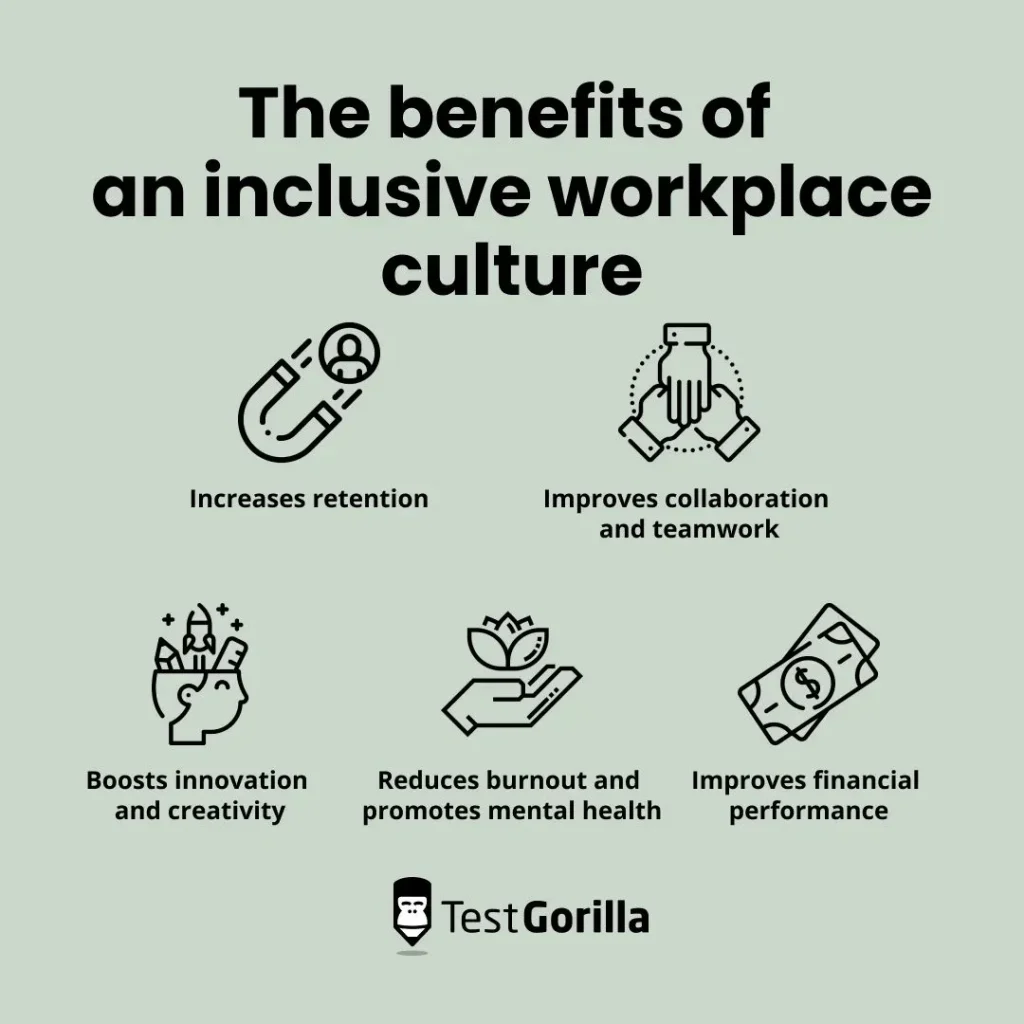Inclusive workplace culture is the operating system that powers today’s collaborative organizations. When teams feel seen, heard, and valued, they bring their full energy to work and leverage diverse teams to generate innovative solutions. This article explains what an inclusive workplace culture looks like, why it matters, and the practical steps leaders and teams can take. We’ll examine how leadership that embraces inclusion shapes decisions and how to measure progress toward outcomes that benefit everyone. By grounding action in clarity, accountability, and continuous learning, organizations create environments where every employee can thrive, not as an afterthought or separate program for sustained impact.
Think of this topic as more than a policy; it’s a living culture shaped by everyday actions and shared goals. Organizations thrive when they nurture an environment where people from varied backgrounds can contribute, feel respected, and see themselves reflected in decisions. Practical steps—transparent communication, mentorship, and participatory meetings—reinforce trust and performance. Framing the discussion in terms of fairness, opportunity, and collaboration helps leaders align programs with measurable, long-term impact.
Inclusive Leadership, Psychological Safety, and Belonging: Foundations of an Inclusive Workplace Culture
An inclusive workplace culture starts with inclusive leadership that models curiosity, fairness, and shared decision-making. When leaders invite input from diverse backgrounds and distribute influence, teams of varied experiences feel seen, heard, and valued. Psychological safety then emerges as teammates are encouraged to speak up, questions are treated as opportunities to learn, and dissent is respected as a resource for better decisions. In such an environment, belonging at work grows naturally as individuals contribute their unique perspectives to the team’s outcomes.
This approach goes beyond morale; it translates into measurable performance gains. With psychological safety high, team members are more willing to share bold ideas, challenge assumptions, and collaborate across disciplines. Belonging reinforces commitment, helping reduce turnover and boosting employee engagement as people see their identities reflected in the workplace culture. By weaving inclusive leadership into development, performance expectations, and accountability, organizations turn diverse talent into sustained competitive advantage.
From Diverse Teams to Measurable Engagement: Tracking Belonging at Work and Progress
Diverse teams spark creativity and richer problem-solving, yet their potential is realized only when belonging at work is nurtured. In environments where psychological safety is present, colleagues from different backgrounds feel empowered to contribute, collaborate effectively, and share responsibility for outcomes. Inclusive leadership sustains this dynamic by ensuring equitable access to opportunities and transparent decision-making, driving higher levels of employee engagement across the organization.
To gauge progress, implement clear, repeatable metrics and feedback loops. Track engagement scores by demographic group, monitor retention for underrepresented talent, and assess promotion access and development opportunities. Regularly gather qualitative input on psychological safety and belonging, then translate insights into concrete actions—revised meetings, inclusive onboarding, sponsorship programs, and bias-aware performance reviews. With data-driven leadership, belonging at work becomes a measurable, sustainable outcome that maintains momentum and drives long-term results.
Frequently Asked Questions
How does an inclusive workplace culture enhance psychological safety within diverse teams and boost employee engagement?
An inclusive workplace culture builds psychological safety by inviting diverse voices, encouraging respectful dialogue, and making it safe to speak up. When diverse teams feel seen and valued, decisions improve, learning accelerates, and employee engagement rises because people see their contributions matter. Leaders model inclusive behavior, remove biases from processes, and ensure equitable access to opportunities to sustain this climate. Track progress with engagement scores by demographic group, retention of underrepresented talent, and cross‑functional collaboration to measure impact.
What practical steps can leaders take to foster belonging at work within an inclusive workplace culture, and how does inclusive leadership influence outcomes?
Leaders should practice inclusive leadership—demonstrating curiosity, fairness, and shared decision‑making—and create structures that celebrate different backgrounds to foster belonging at work. Build belonging through sponsorship, employee resource groups, inclusive language, accessible processes, and deliberate onboarding that connects new hires with mentors who model inclusion. Redesign hiring, onboarding, and development to minimize bias, ensure accessible tools, and implement clear metrics to track progress. The result is higher retention, stronger engagement, faster time‑to-value, and better collaboration, driven by measurable belonging indicators and equitable growth opportunities.
| Key Point | Summary |
|---|---|
| Definition (What an inclusive workplace culture is) | Built on four pillars: leadership modeling inclusion; policies and processes that reduce barriers; everyday behaviors that demonstrate respect; measurable outcomes that inform continuous improvement. Requires intentional design, consistent follow-through, and accountability at all levels. |
| Pillars | Leadership that models inclusion; policies and processes that reduce barriers; everyday behaviors that demonstrate respect; measurable outcomes that inform continuous improvement. |
| Practical actions to foster inclusion (10 steps) |
|
| Benefits |
|
| Key concepts | Diverse teams; Psychological safety; Belonging; Employee engagement; Inclusive leadership; Collaboration. |
| Foundation | Inclusive leadership sets the tone; leaders model transparency, invite input, share power; embed inclusion into strategy, performance expectations, and accountability; signals that every voice matters. |
| Practical examples |
|
| Measurement |
|
| Common challenges |
|
| 30-60-90 plan |
|
Summary
Inclusive workplace culture is the engine of high-performing teams in today’s diverse business landscape. By combining inclusive leadership with practical policies, daily behaviors, and measurable outcomes, organizations can unlock the full potential of diverse teams and create a workplace where everyone belongs. The journey is ongoing, but the payoff—deeper collaboration, greater innovation, and stronger engagement—makes the effort worthwhile.



